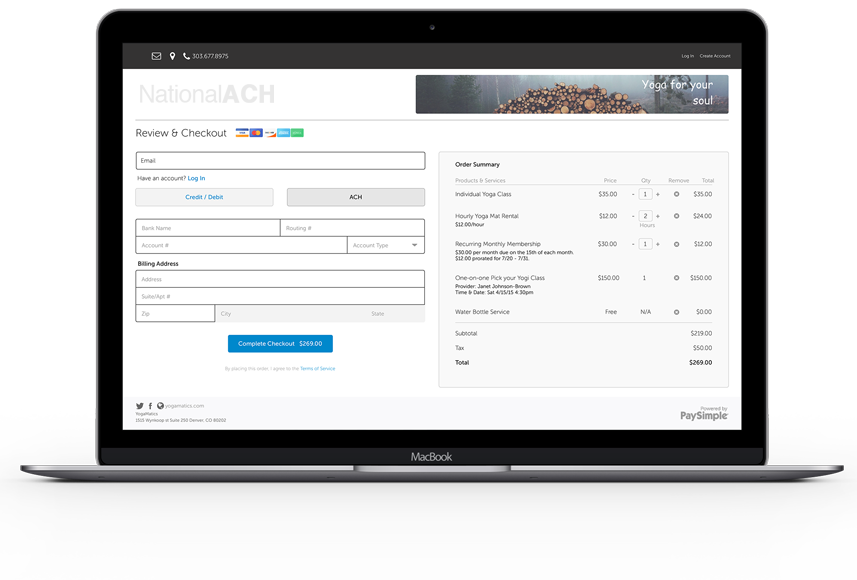ACH Payments Save Time, Money and Helps the Environment
According to the Electronic Payments Association, consumers save both time and money paying electronically rather than writing paper checks.
Consumers who pay bills online save the least 90 minutes a month off the time it takes to pay monthly bills by paper check. An average consumer paying bills by paper check spends two hours of month to write out the checks. Those paying electronically spent only 15 minutes a month.
Consumers who have 20 bills each month save $150 a year if they pay by electronic means rather than writing out a paper check. The $150 includes postage, the cost of checks, late fees, and fuel.
Paying bills electronically is safer than paying with a paper check. Identity theft most commonly starts with somebody seeing personal information on paper checks bills or account statements.
Identity theft is frequently a crime of opportunity. In considering the number of people who see personal information when the bill was paid by paper check, there is a higher likelihood of information being stolen simply because more people are seeing the information. When a bill is paid electronically, there are no intermediaries who can steal the information.
Another reason to pay with electronic checks is to help preserve the environment. If all Americans started paying bills electronically rather than by paper, 151 million pounds of paper would be saved annually. The amount of paper being saved equates to 8.6 million garbage bags of waste. Electronic payment of bills would eliminate 2 million tons of greenhouse gas emissions from polluting the environment.
For more information contact info@nationalach.com
